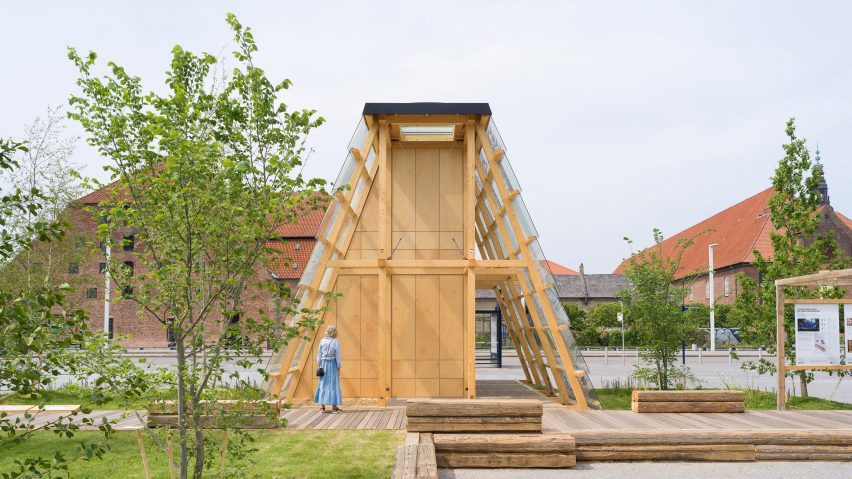
From 4 to 1 Planet showcases climate-friendly homes of the future
A trio of pavilions have been installed on Copenhagen's waterfront, showing how radical materials and new ways of living might reduce the carbon footprint of housing construction.
From 4 to 1 Planet offers three visions for the home of the future, each created by a different team of architects, engineers and researchers, in the form of a full-scale built prototype.
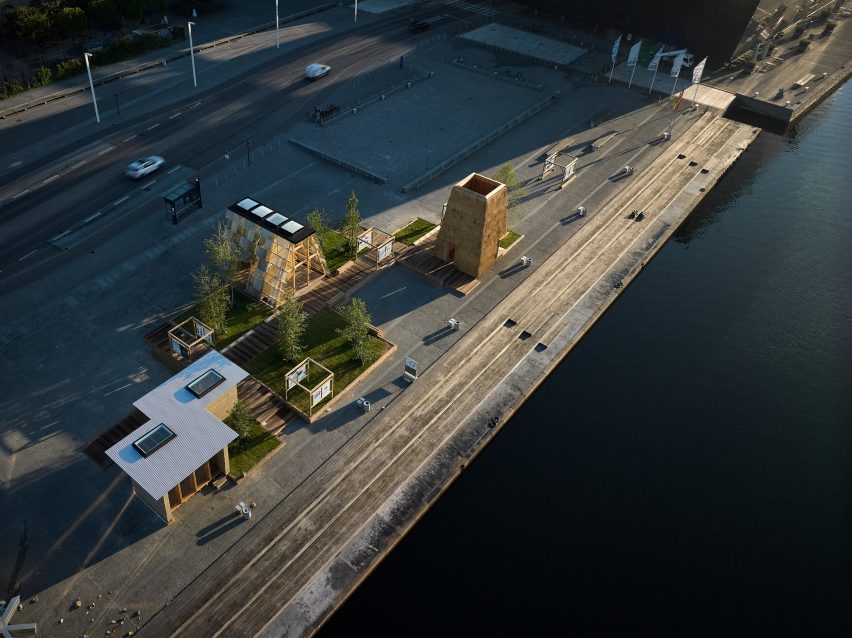
One demonstrates the potential of rammed earth, a second combines a thatched exterior with a clay-block interior, and a third suggests how homes could be more space-efficient.
They were among 15 SDG Pavilions created as part of the programme for the UIA World Congress of Architects earlier this month, to explore themes relating to the UN's Sustainable Development Goals.
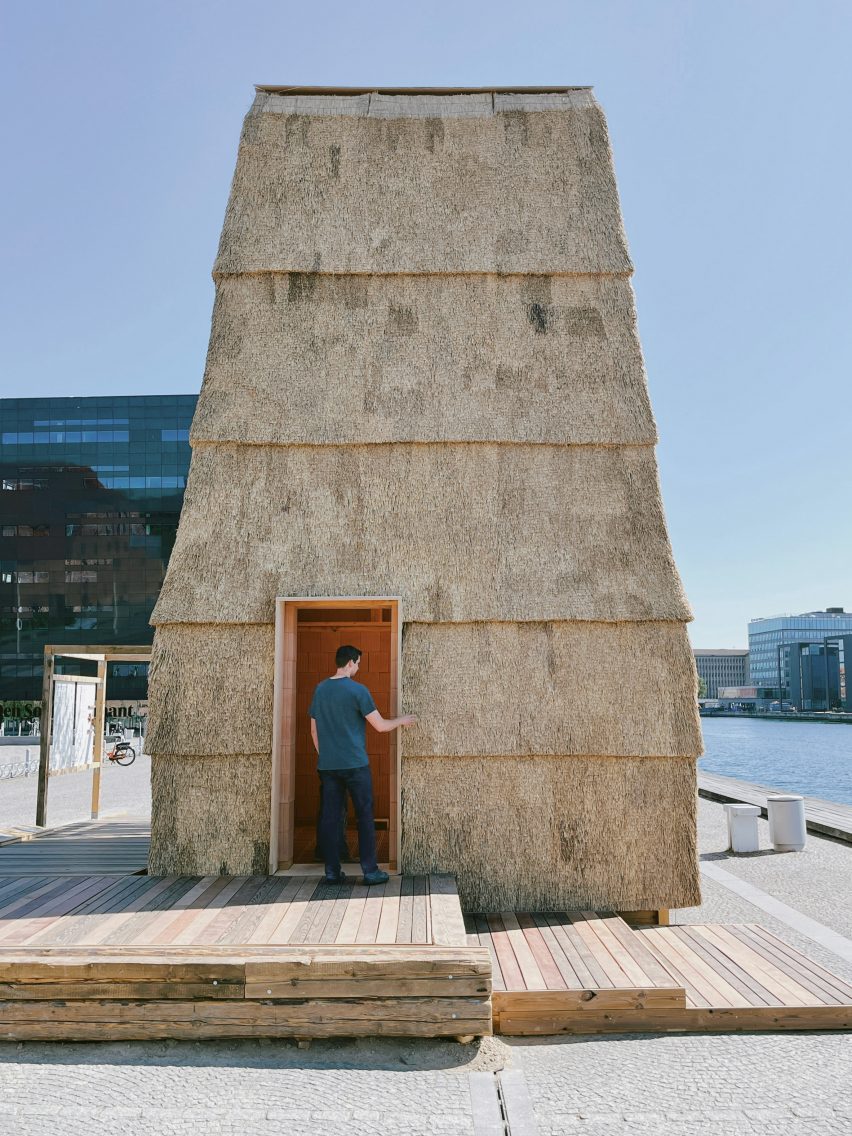
They are located in Søren Kierkegaard's Plads, next door to the Danish Architecture Center.
The three design teams were the winners of the Next Generation Architecture competition, which called for ideas into how affordable housing construction could become more eco-friendly.
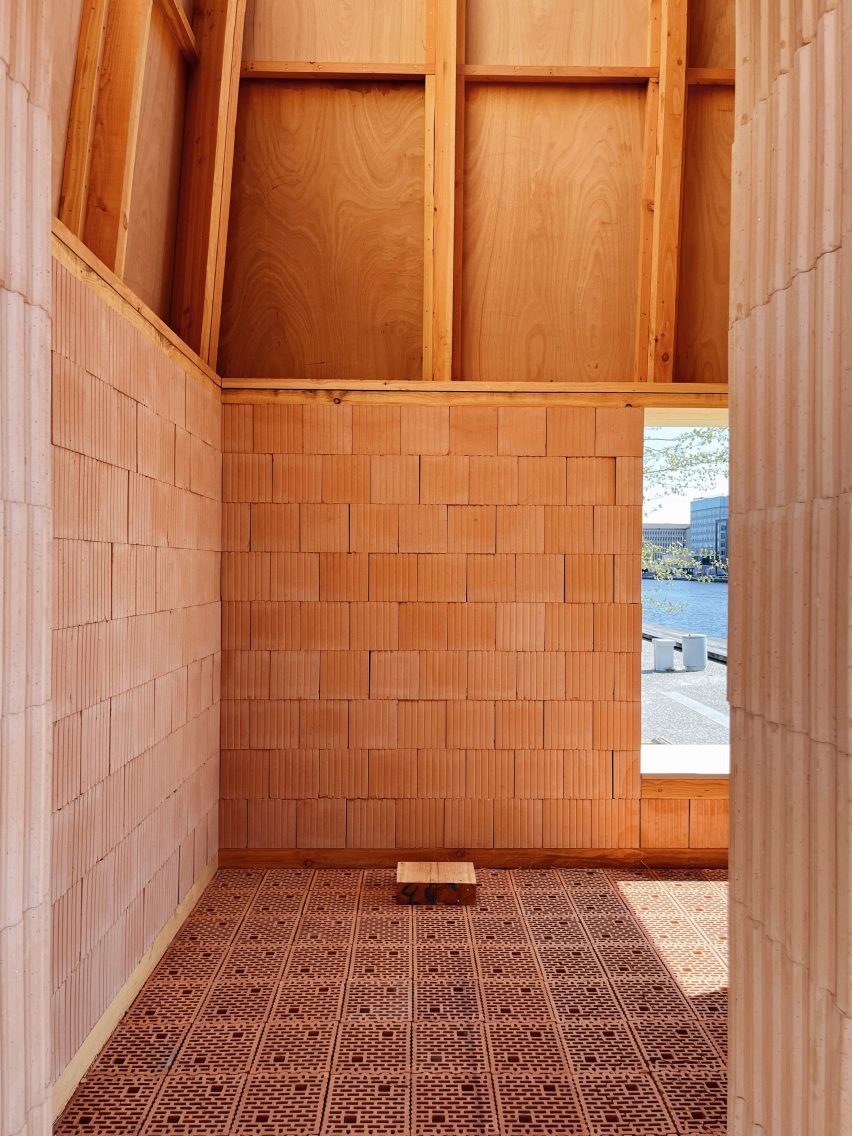
The architecture studios behind the three designs are ReVærk, Tegnestuen Lokal, and Leth & Gori and Rønnow.
Leth & Gori and Rønnow worked with the Center for Industrialised Architecture (CINARK), a research group at the Royal Danish Academy, on the design titled Thatched Brick Pavilion.
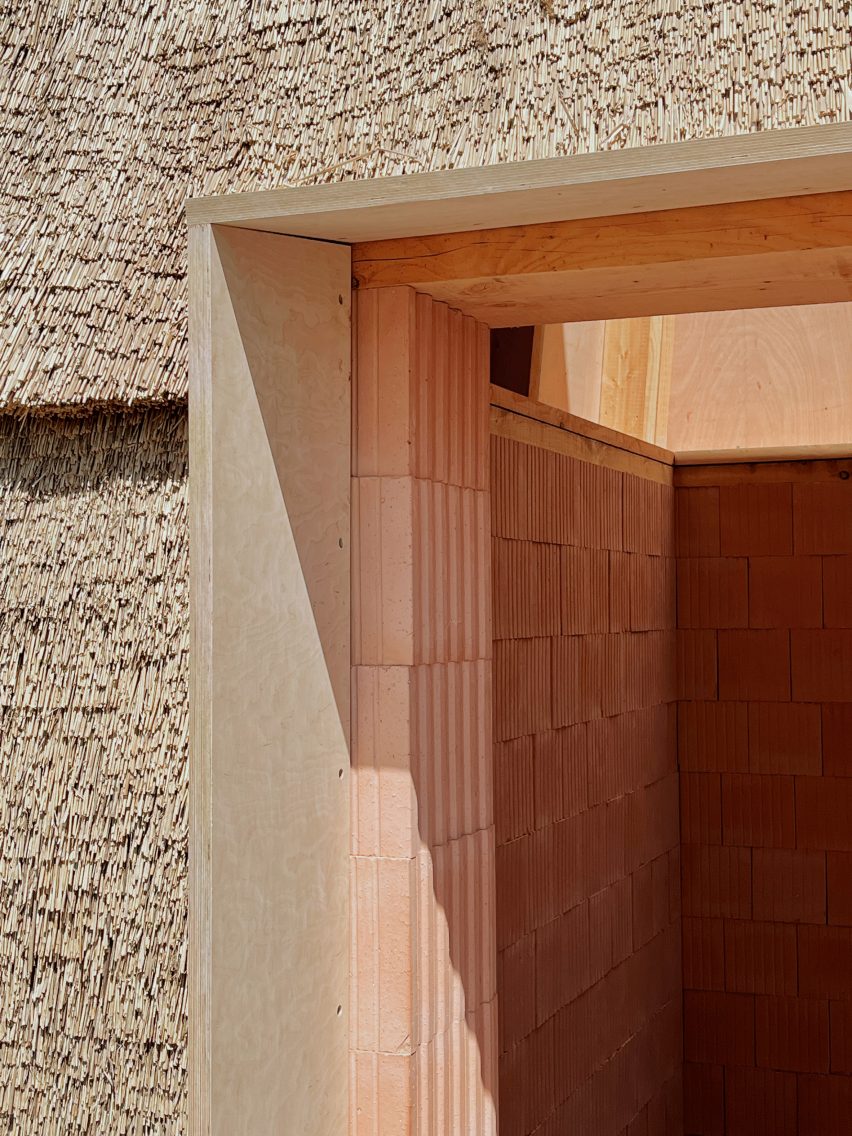
The structure aims to show how thatch, made from straw, can be combined with porous clay blocks to create buildings with surprisingly high levels of insulation and fire safety.
"We discovered both aesthetic and technical potentials in the combination of these materials," said Uffe Leth, a founding partner at Leth & Gori.
"If we build tall buildings with these brick blocks, the thatched facades help us with extra insulation," he told Dezeen.
"That means we don't need to invest energy and resources on using deeper blocks or two layers of blocks to live up to the building regulations."
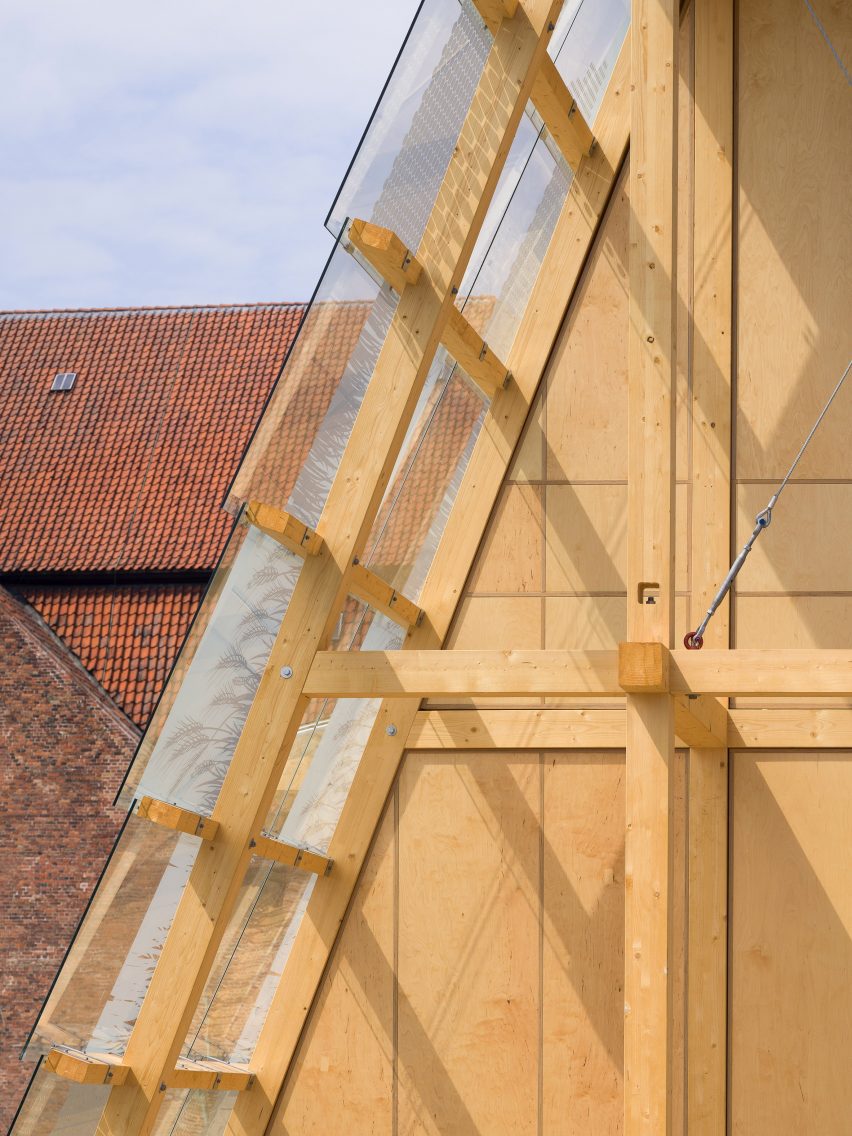
Tegnestuen Lokal's design, the Quarter Pie Pavilion, proposes how mass housing can facilitate new approaches to living, as well as new building techniques, to create homes that prioritise quality rather than quantity.
"In order for us to approach a more planetarily responsible building culture we cannot only rely on how we build, but also need to be critical about how much," said studio founder Christopher Ketil Dehn Carlsen.
"In our opinion even the greenest building materials in the world cannot counteract our current overconsumption of space, which is why we need to make our housing market respond to both demographic changes as well as new and radical co-living alternatives," he told Dezeen.
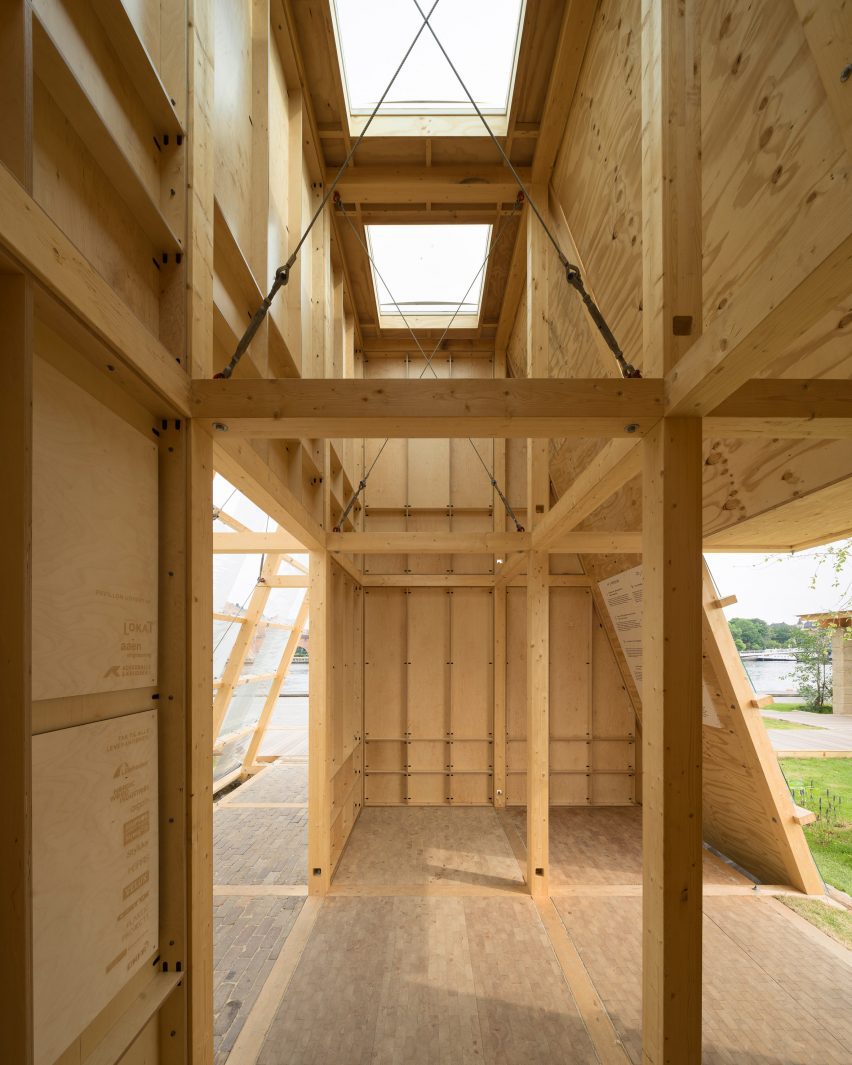
The prototype was accompanied by a list of 10 key principles, offering a strategy that could potentially be adopted by the entire housing construction industry. Carlsen describes it as "a set of easy-to-apply rules for planetary responsible housing".
This list advocates for homes that incorporate co-living and other forms of sharing, as well as flexibility.
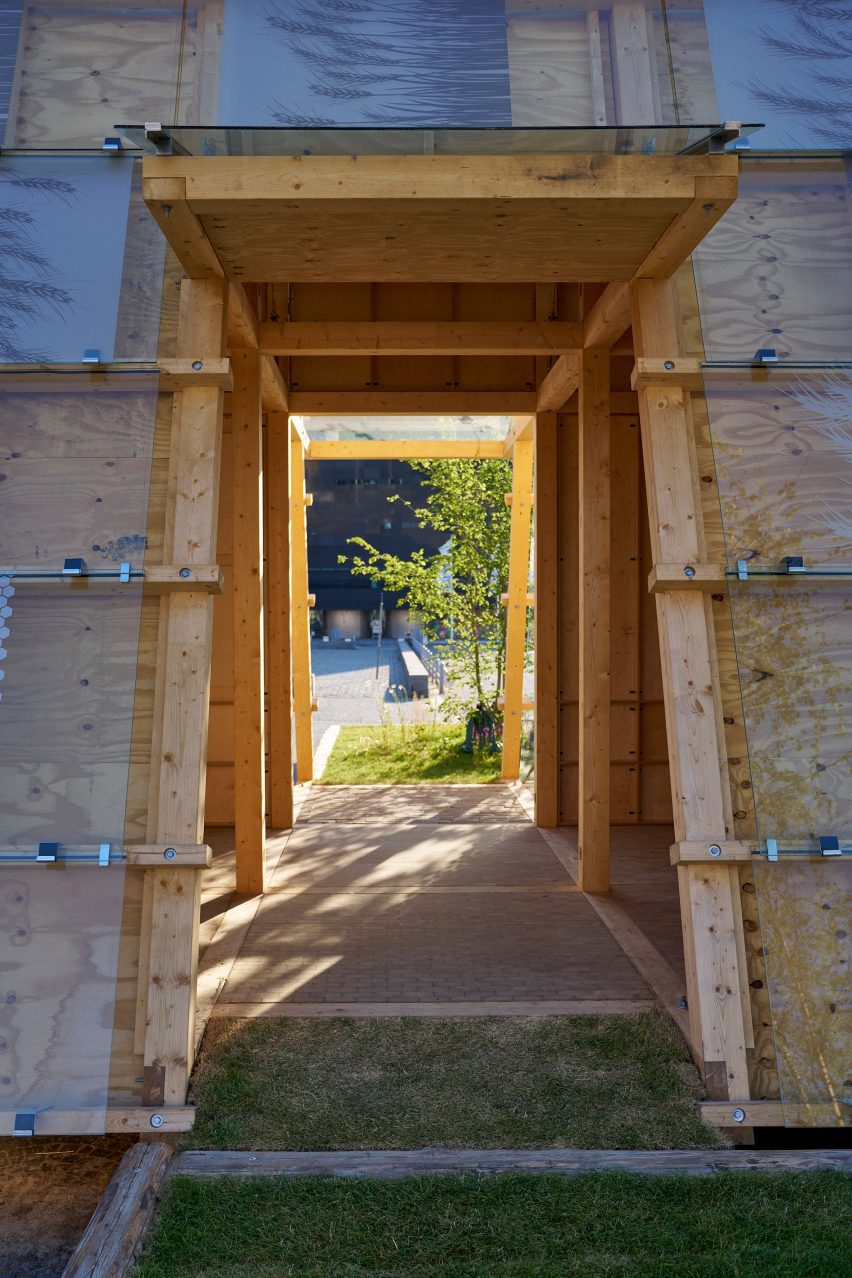
"Rather than showing one answer to our current challenges, we wanted to pose questions that could generate unforeseen and radical answers," Carlsen said.
"Our pavilion and its overarching housing concept is just one example, in which we've focused on the tectonics of disassembly. But in our opinion, the ruleset itself is the real product of the initiative."
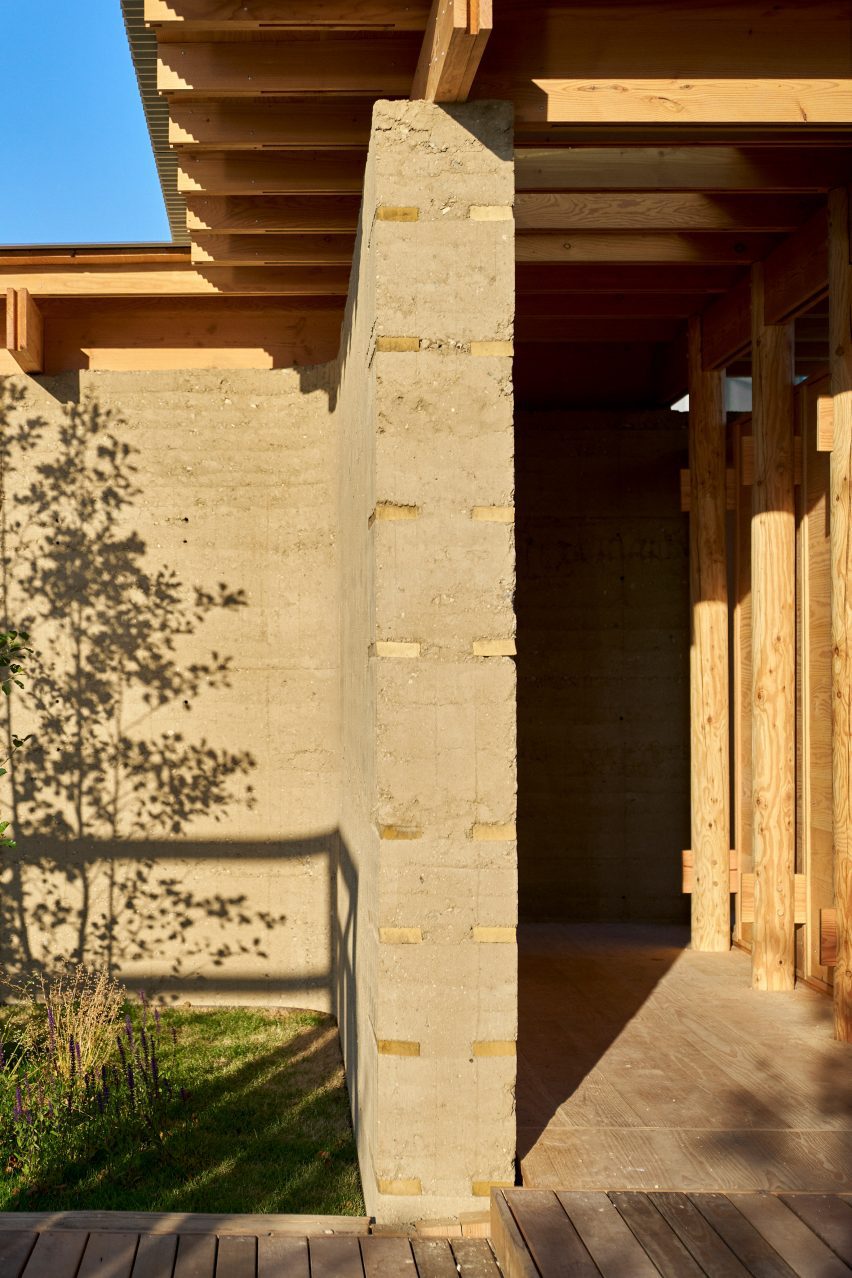
ReVærk named its project Natural Pavilion, as it focuses on biomaterials.
One of the aims was to show how these types of materials are not just climate-friendly, but can also improve the sensory quality of a home's interior.

The structure features rammed earth walls, made using locally sourced clay soil, combined with a timber structure and biogenic insulation cassettes made from wood fibre.
"Construction materials account for about 70 per cent of a building's carbon footprint," said Simeon Østerlund Bamford, founding partner of ReVærk.
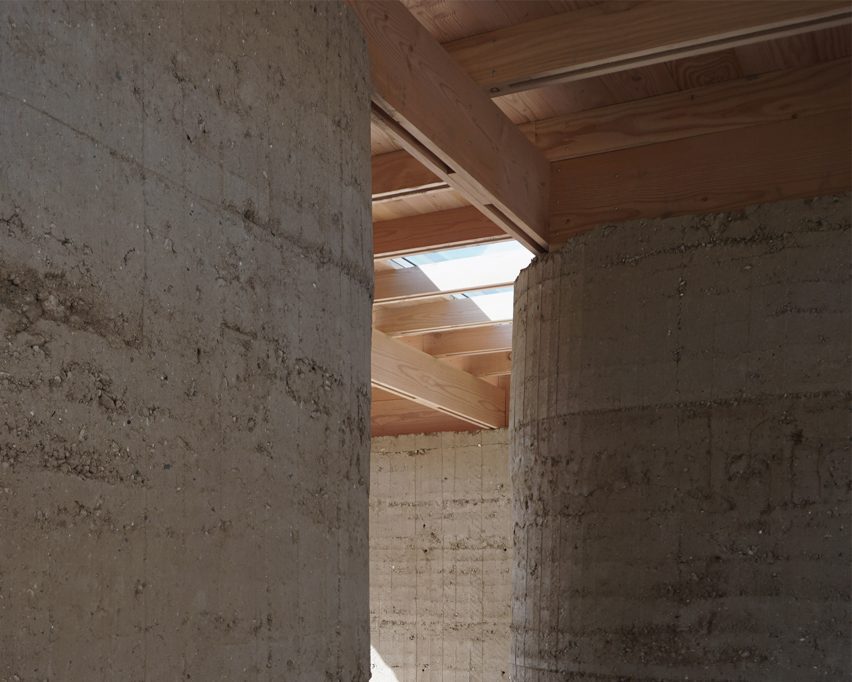
"The answer to that has inevitably always been to look back in order to look forward," he told Dezeen.
"We wanted to demonstrate how natural low-emission materials and old building techniques can create a new architectural experience, where the materials both provide natural indoor climate advantages as well as great aesthetic qualities."
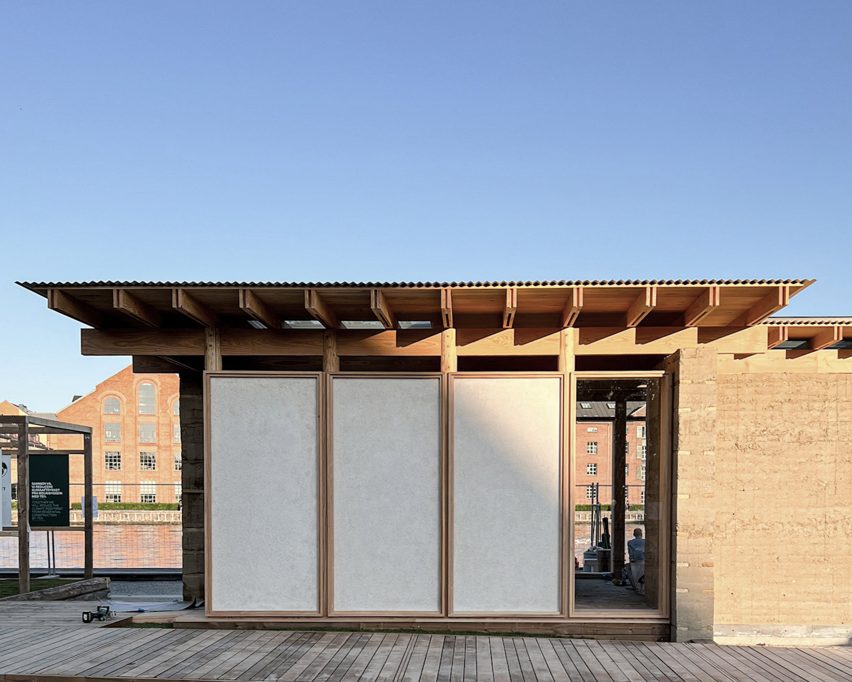
From 4 to 1 Planet is the result of an initiative spearheaded by Smith Innovation, a Danish research and development consultancy, supported by Realdania and Villum Fonden.
Once the exhibition is over, the pavilions will be relocated to new locations and repurposed.
From 4 to 1 Planet is on show at Søren Kierkegaard's Plads from 10 June to 11 August 2023. See Dezeen Events Guide for an up-to-date list of architecture and design events taking place around the world.